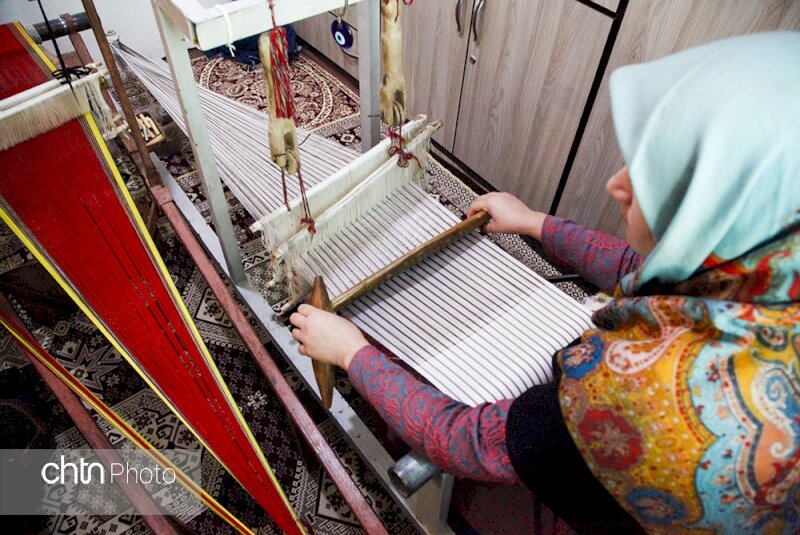Loans granted to support handicrafts businesses in Bandar-e Torkaman

TEHRAN – The Iranian government has granted 2.4 billion rials (about $57,000 at the official exchange rate of 42,000 rials per dollar) in loans to support handicrafts businesses across Bandar-e Torkaman, the northern province of Golestan.
This amount of money was paid to the crafters practicing various fields of handicrafts including traditional musical instruments, kilim, wickerwork, leatherwork, needlework, and traditional embroidery, a local tourism official said on Wednesday.
It is also expected to create more job opportunities for the locals, Hamid Manuchehri added.
Bandar-e Torkaman is located in Turkmen Sahra, which covers a large region. It is bordered on the west and the north by the Caspian Sea, as well as the Republic of Turkmenistan. On the east are Bojnord and Dargaz, while on the south are hilly regions of Mount Alborz.
With 14 entries, Iran ranks first globally for the number of cities and villages registered by the World Crafts Council, as China with seven entries, Chile with four, and India with three ones come next.
In January 2020, the cities of Shiraz, Malayer, and Zanjan and the village of Qassemabad were designated by the WCC- Asia Pacific Region, putting Iran’s number of world crafts cities and villages from ten to 14.
Shiraz was named a “world city of [diverse] handicrafts”. Malayer was made a global hub for woodcarving and carved-wood furniture. Zanjan gained the title of a “world city of filigree”. And Qassemabad village, which is nationally known for its traditional costumes, was also promoted to a world hub of handicrafts. Chador Shab, a kind of homemade outer garment for women, was, however, the main subject for the WCC assessment for the village.
The value of Iran’s handicrafts exports stood at $120 million during the first eleven months of the past Iranian calendar year 1399 (March 20, 2020 – February 18, 2021), Mehr reported. The country’s handicrafts exports slumped during the mentioned months in comparison to the same period last a year earlier due to the damage the coronavirus pandemic has inflicted on global trade.
The Islamic Republic exported $427 million worth of handicrafts during the first eleven months of the calendar year 1398. Of the figure, some $190 million was earned via suitcase trade (allowed for customs-free and tax-free transfer) through 20 provinces, according to data compiled by the Ministry of Cultural Heritage, Tourism and Handicrafts.
Ceramics, pottery vessels, handwoven cloths as well as personal ornamentations with precious and semi-precious gemstones are traditionally exported to Iraq, Afghanistan, Germany, the U.S., the UK, and other countries.
ABU/AFM
Leave a Comment